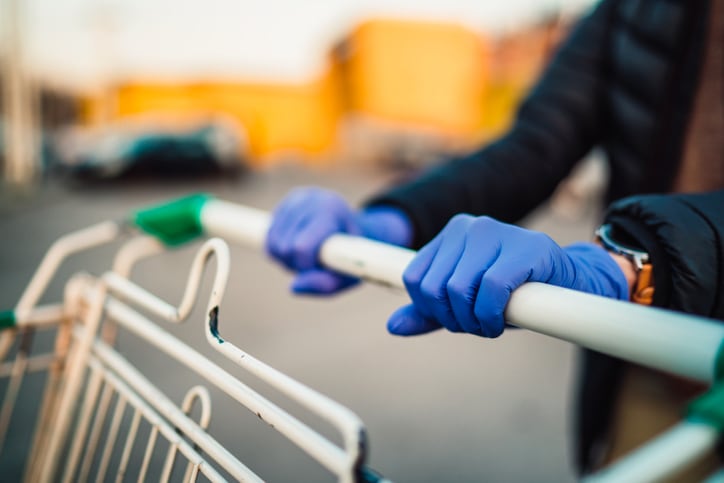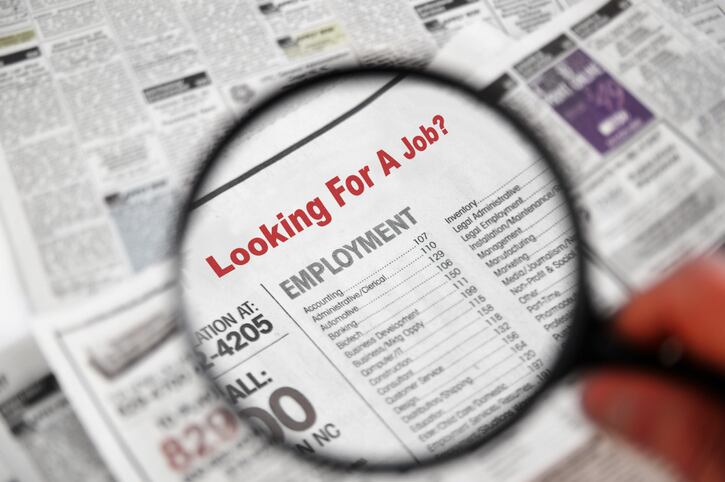“Layoffs, rising prices and just a whole lot of uncertainty would normally leave most Americans squeezing their purse strings,” but based on a survey of 1,000 Americans, “eating seems to be an activity where consumers are trying to maintain some semblance of normalcy throughout this situation,” according to an April 8 report from Datassential.
In Making Money Move, the tenth free COVID-19 focused report from Datassential in less than a month – the research and marketing firm found most survey respondents “aren’t going to extremes with treats or trying new exotic foods.” Likewise, “most aren’t trading up to premium or down to generic” either.
Rather, Datassential found “consumers are on a mission to find their ‘usuals,’ regardless of brand or price.”
However, it added, dwindling options at grocery stores are making this more difficult – forcing some to trade up, even if they don’t want to.
One survey respondent reported that while she would buy the least expensive option or the same product that she did pre-coronavirus, “everyone wants cheaper things, so what’s left is the more expensive versions of things.”
Another man concurred, noting he decides whether to trade up or down on the quality of a product “based on what’s actually available in the store on any day that I shop.”
Some consumers, however, are intentionally trading up to more premium products out of concern for their mental and physical health. According to the survey, about 15% of shoppers say they are buying food they wouldn’t normally purchase because of coronavirus.
For example, 19% report they are willing to spend more on foods they feel are safer and pose less risk of coronavirus. About 16% report eating to treat themselves, and 8% say they are spending more on “fancier foods” because they are saving money by not going out.
In this vein, Datassential found eating and cooking are providing relief from boredom for 24% of respondents and from stress for 22%.
Making ends meet
Whether or not consumers are buying more premium products, they most likely are buying more as part of a collective effort to reduce trips to grocery stores to every other week – a strategy that may help flatten the curve, but which might be a struggle or unsustainable for consumers living paycheck to paycheck.
With this in mind, Datassential found that many survey respondents plan to pay for groceries with their CARES Act checks, if they receive them. Overall, 38% said they’d put the money toward food for the grocery store compared to only 19% who said they would spend it on restaurants in their community.
Beyond the pandemic
While it is hard for many consumers to think beyond the context of the current crisis, a prior report from Datassential found that many of the habits and altered approaches to shopping and eating out will linger beyond restrictions designed to help flatten the curve.
For example, in Datassential’s seventh COVID-19 report, Pent-Up Demand, released April 1, about 68% of survey respondents report they likely will continue to disinfect shopping carts and baskets at stores, 50% said they would favor takeout over eating at a restaurant and 41% said they would continue to buy food online, whether from a grocery store or restaurant.
In addition, many consumers likely will “err on the side of caution” after lockdowns are eased. The report found 63% predict they will not be comfortable shopping during crowded times, 49% will not be comfortable shopping for fun, non-essential items and 52% said they would not be comfortable eating in a restaurant.
Still, Datassential sees hope for the future. Based on survey respondents, it predicts that restaurants will help consumers ease back into a sense of normalcy after the pandemic. It recommends restaurants and stores facilitate this by showing frequent cleaning of high-touch spaces, providing more food covers and sneeze guards, showing staff wearing food safety apparel and displaying food safety inspection results.




